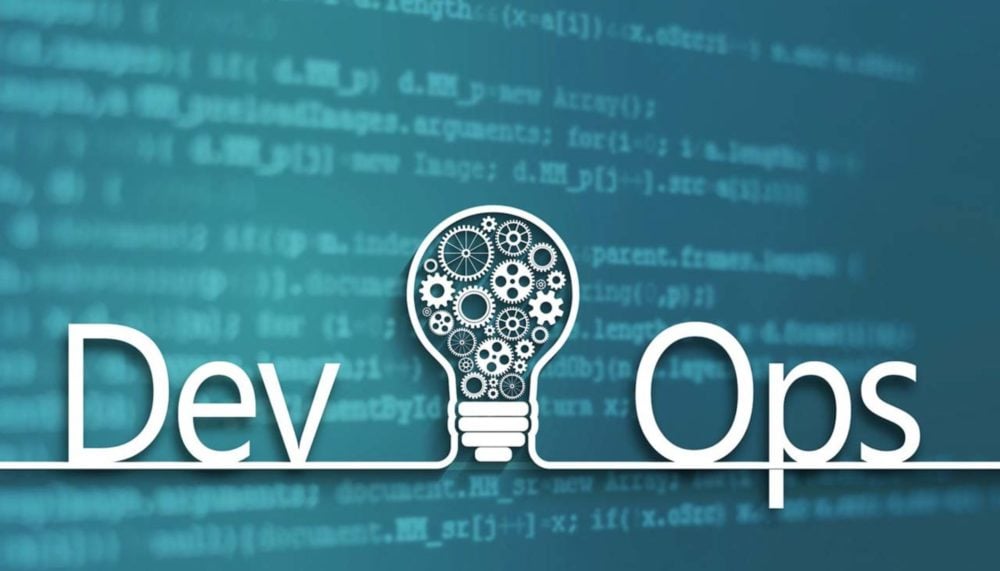From the SDLC model to the present scenario, things have changed significantly. In 2009, DevOps had been coined, and it promoted a cultural transformation and some technical principles where all the things were treated as a code. Then came the principles such as CI/CD, but still, the software that was written, was big monolith and it presented numerous challenges for the engineers. Hence in 2011, a microservices architecture was designed, and this microservices architecture promoted the fine-grained and loosely coupled components along with a single task to be carried out.
The applications written by following this loosely-coupled microservices-based architecture were called as, cloud-native. The organizations are transforming from VMs to Kubernetes to Serverless, based on their business requirements and goals.
Introduction to DevOps

While different organizations have different meanings of the DevOps, one can generally define DevOps as a mindset which a team adopts to gear up its engineering momentum to a newer altitude. DevOps is about eliminating the barriers in the process of engineering and the cultural obstacles which may come in between the idea and the execution, making the entire process of shipping the software faster, better, cheaper and secure. Whatever one may call it, it must all come down to the process of automation at the end of the day, which in turn must help the firms for developing fast, shipping faster, failing fast and recovering even faster, and alongside learning fast.
Organizations are not only showing their interest in DevOps but are even adopting DevOps-related practices as well as technologies. The DevOps market is expected to have generated almost $3 billion in 2017 and this market is expected to reach almost $6 billion by the end of the year 2022. DevOps has been a primary focus and has designed the world of software and several experts predict that DevOps is expected to become mainstream and going to reach its pinnacle in the year 2020.
Importance of DevOps
The reason for the gaining popularity of the DevOps is the benefits which the organizations experience. Many organizations are adopting DevOps. There has been a boost in the usage of DevOps to 17% in 2018 from the earlier 10% in 2017. Some of the important benefits which are provided by DevOps are as follows:
- Provides great speed and ensures the security arrangement is relatively more agile,
- Quick identification of any kind of bugs or vulnerabilities in the coding,
- The quick response towards any amendment,
- The team can effortlessly put their sole attention on other critical things rather than focusing on the security features,
- It creates a perfect channel of collaboration and communication.
Read More: Learn The Latest Big Data Trends with DevOps Infographic
DevOps Trends to be aware of in 2020

According to DevOps Experts, the leading industry trends for DevOps in the year 2020 could be something along these lines discussed below.
1. Automation would be the primary focus
The organization that has implemented DevOps has seen higher efficiency levels and faster deployments. Talking about DevOps, its automation is what people talk more about. Zero-touch automation is expected to be the upcoming future of DevOps. Understanding of the 6 C’s of a DevOps cycle and to apply the automation between these six phases is the key. This is expected to be a primary objective during the year 2020.
2. Shifting of the Attention from the CI Pipelines to the DevOps Assembly Lines
The final objective of DevOps is to enhance the collaboration between the planning and the automation of a delivery procedure. It is not simply about performing Continuous Integration (CI) but it is about CD (continuous delivery). The organizations are investing their precious effort and time for understanding about the automation of their whole software development process. During the year 2020, the focus is going to shift from the process of Continuous Integration (CI) pipeline towards DevOps assembly lines. Some of the benefits of the Assembly Lines are as follows:
- Native integrations
- Powerful nested visibility
- Fast onboard and scale with the “as-code” philosophy
- Team-based business intelligence and analytics
- Perfect CD (continuous delivery) with interoperability
3. The growth of Artificial Intelligence (AI), and a Boost of Data Science

The increasing number of Artificial Intelligence-driven apps is expected to push the data science teams for looking forward to the DevOps philosophy for their workflows. The DevOps method is anticipated to be their primary option in dealing with the automated pipelines, maintaining, as well as testing multiple deployed models in their production chain.
This is expected to boost up further as the data science and development group move closer towards high efficiency in the tasks of deployment, development, and managing the AI and ML-driven apps.
4. Concept of “Everything is a Code”
One cannot deny the fact that coding is now becoming the backbone of our IT sector. Understanding the different DevOps tools and automating the scripts plays an important role in software development and this is going to rule the race in 2020. The future of the industry depends on the technical competencies of the testers, developers, and the people of the operation.
As DevOps is mainly about easing the delivery cycle, there exists a need to bring in the code that can be used to raise the software production cycle efficiency. A thought about “everything is a code,” is DevOps’s built-in practice. It can be present in the SDLC for creating a new wave in the trends of DevOps during 2020. The software Testers are expected to suffer if they do not adapt to coding and write their test scripts.
Read More: Automating Testing Tools and Continuous Integration
5. The usage of Serverless Architecture
DevOps are reached to the pinnacle level with a Serverless architecture. It is not free from the servers; however, there exists a cloud service that takes care of the total architecture. This extraordinary architecture lets the software developers concentrate their efforts on the application part. BaaS and FaaS are two important aspects of Serverless architecture. By employing the Serverless architecture, one can save time, reduce costs, and ensure consistent workflow.
Read More: Serverless Development with Nodejs, AWS Lambda and MongoDB Atlas
6. Automation via AI and Data Science
The primary objective of the year 2020 is zero-touch automation. The continuous growth of Artificial Intelligence and Data Science is becoming a game-changer. Different apps are fueled with the help of AI, which is pushing the DevOps teams to find out creative automation possibilities to discover the prospects within their workflow streams.
7. Enhanced Embedded Security
With the exponential rise of security breaches as well as the negative impacts on the organization’s reputation, the cyber-security has turned out to be a business imperative. In 2020, the DevOps will rapidly include the aspects of security.
Recently there has been a lot of buzz around the DevSecOps. The concept of DevSecOps is about injecting the security first in an application development life cycle, reducing the vulnerabilities and improving the business reputation. A shift towards DevSecOps will even bring great collaboration for software development. It would ensure that the development processes are efficient, flawless, and effective.
8. Kubernetes have evolved significantly

The Kubernetes have turned out to be a primary container technology. Universally, the technologists and the CIOs prefer Kubernetes due to its offerings and it is expected to rise by 2020. In 2019, several organizations observed the adoption of the Kubernetes being taken off as the organization of different sizes has embraced the containers for working on the cloud-native apps. During 2020, it is expected to begin to see the container orchestration software substitute many of the traditional DevOps functions.
Conclusion
Embracing the DevOps is only the conversation starter. There is still a long way to go. The number of organizations is increasing daily and the dependency on the cloud is also making the DevOps market a preference. The Allied Market Research has estimated the DevOps market is expected to reach $9.40 Bn, over the world, by 2023 with an 18.7% CAGR. The DevOps brings operations and development together and provides higher confidence and freedom to the technical teams to work at a higher velocity along with quality.
DevOps is not done growing as yet; it is evolving daily and is expected to have a bright future. It is known to all, 2018 was the Year of the Enterprise DevOps, according to Forrester. The companies who practice DevOps practices recover almost 24 times quicker from their failures and spend almost 50% less time in remediating their security issues. The DevOps has proven its worth in generating contented and more engaged teams.
The founder of Netscape, Marc Andreessen, had stated long back about the fact that how software is slowly eating up the world. He even said that each organization is a software organization these days, and the software companies have been poised to take over broad the swathes of an economy. One is expected to see DevOps very clearly in 2020, where the continuous updates transform how the software is delivered to an almost -limitless marketplace. The DevOps has become a must to survive and compete in this technologically driven world.









